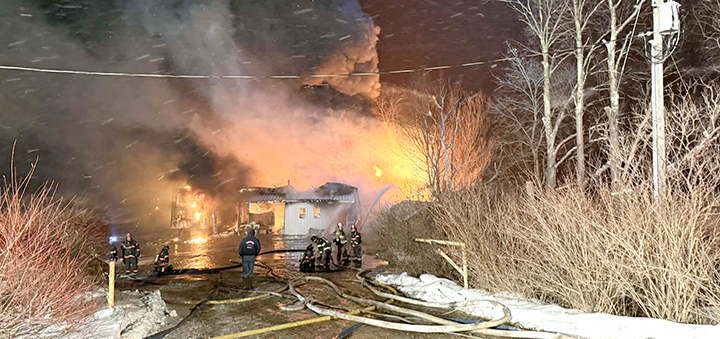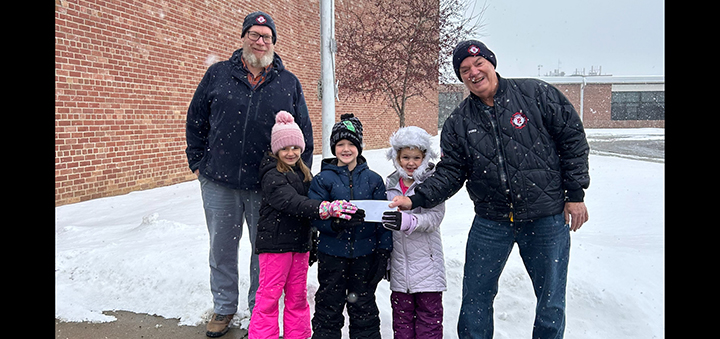The ultimate challenge: trophy stream trout
When a friend recently showed me a photo of a nearly five-pound stream brown trout his son had caught locally, I was reminded that although these big trout are finning in many of our largest streams and upper river sections, very few anglers specifically fish for them. These days, the majority are caught incidentally while fishing for other species.
When I was a teen, there was a relative abundance of talented stream brown trout anglers I looked up to. Although they might only catch one or two oversized trout per outing, those they did catch would barely fit in a large fishing creel without the tails protruding from the top. Most were in the 16-20-plus inch range, and to a kid accustomed to catching stream trout half that length, these were trophy monsters I could only dream about catching myself.
Of course the secret of them hauling in those big browns, while I caught small ones, was entirely about where they and I fished. Most spent their time on streams far larger than I fished. Many came from the biggest flows in our area, including the upper Chenango and Unadilla rivers. Meanwhile, since I was too young to drive, mine was pretty much confined to those streams within walking or bicycling range of my home. These waters rarely were large enough to entice and hold trout of over a foot long.








Comments